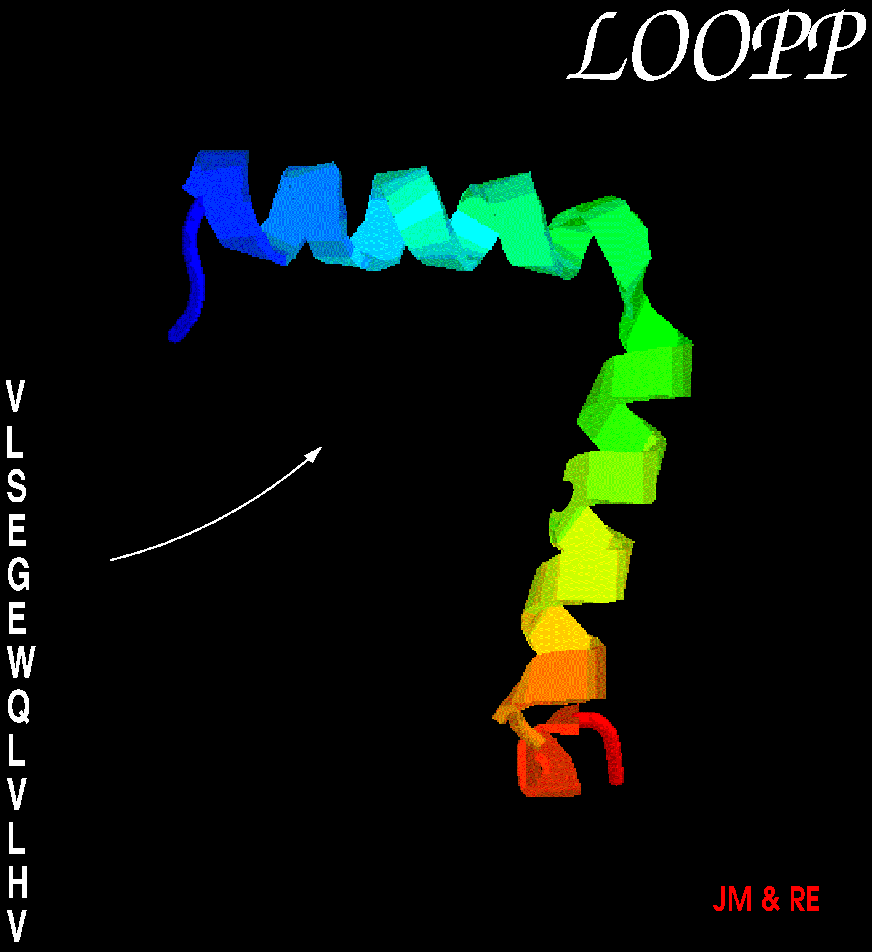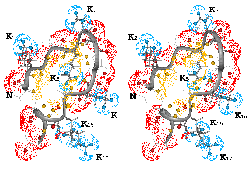 |
LOOPP (Learning, Observing and Outputting Protein Patterns) is a fold recognition program based on the collection of numerous signals, merging them into a single score, and generating atomic coordinates based on an alignment into a homologue template structure. The signals we are using include straightforward sequence alignment, sequence profile, threading, secondary structure and exposed surface area prediction. This program represents a threading-based approach. The program can be used directly from this web page.
ECEPPAK (Empirical Conformational Energy Program for Peptides Package) contains various modules performing different calculations with protein structure and properties. This package also contains a Monte Carlo Minimization-based search module (Electrostatically-Driven Monte Carlo) for locating low-energy conformations of proteins and polypeptides in all-atom representation with the ECEPP/3 force field.
 |
PROTARCH package uses a united-residue representation of the polypeptide chain and the Conformational Space Annealing search method to predict a protein structure. The key stage of the method is global optimization of the energy of a polypeptide chain at the simplified united-residue level. PROTARCH also includes computational tools to carry out cluster analysis and construction of all-atom backbone from the united-residue chain using the dipole-path method.
